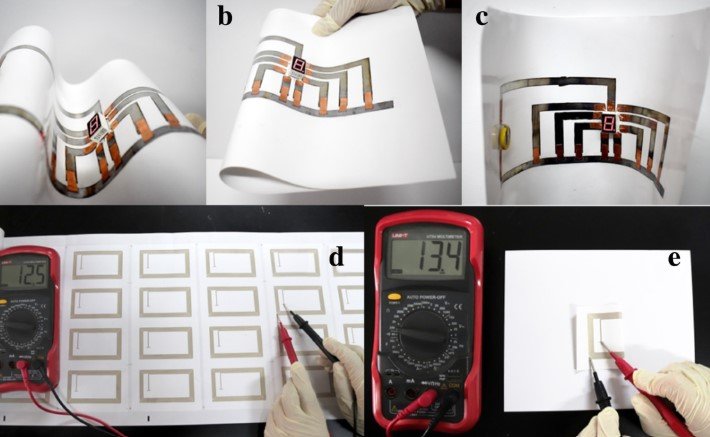Nano technology and screen printing have formed a powerful partnership in the electronics industry. This collaboration has revolutionized the way electronic devices are produced. By integrating nano materials with screen printing techniques, manufacturers can create more efficient, compact, and cost-effective electronics. In this post, we will explore how nano technology and screen printing work together to enhance the production of electronic components.

What Is Nano Technology in Electronics?
Nano technology refers to the manipulation of materials at the atomic or molecular level, typically within a scale of 1 to 100 nanometers. In electronics, nano materials are used to improve the performance of components like sensors, batteries, and transistors. These materials have unique properties that are not found in their bulk counterparts. For instance, nano materials can exhibit higher conductivity, strength, and flexibility. These properties make them ideal for use in the design of smaller, more efficient electronic devices.
The Role of Screen Printing in Electronics Manufacturing
Screen printing has been an essential method in electronics manufacturing for many years. It involves applying ink or paste onto a substrate, such as a circuit board, through a mesh screen. This process is particularly useful for applying conductive inks and materials to electronic components. In the context of nano technology, screen printing allows for the precise deposition of nano materials onto various substrates. The technique enables manufacturers to print fine patterns that are crucial for creating the complex structures of modern electronic devices.
How Nano Technology Enhances Screen Printing
Nano technology enhances screen printing by improving the quality and performance of the materials used. By incorporating nano-sized particles into inks, manufacturers can achieve higher resolution prints with greater accuracy. For example, nano-sized silver particles are often used in conductive inks to create thinner and more efficient electrical pathways. These inks can be applied using screen printing techniques to produce highly conductive layers that are essential for the functioning of electronic circuits. The use of nano materials also enables the production of more flexible and durable electronic devices.
Benefits of Combining Nano Technology and Screen Printing
The integration of nano technology with screen printing offers several significant benefits in electronics manufacturing. First, it allows for more precise and efficient production of electronic components. Nano materials can be printed with incredible accuracy, ensuring that each component meets stringent performance standards. Second, the combination of these technologies reduces production costs. Nano-based inks and screen printing methods are more cost effective than traditional manufacturing techniques. Additionally, the use of nano technology enables the creation of smaller and lighter devices, which is essential for meeting the growing demand for compact and portable electronics.
Another advantage is the ability to create multi-functional components. With nano technology, manufacturers can design circuits that are not only smaller but also capable of performing multiple tasks. For example, nano sensors can be printed onto flexible substrates to create wearable electronics. This opens up new possibilities for industries such as healthcare, consumer electronics, and automotive.
Future Prospects of Nano Technology and Screen Printing in Electronics
Looking ahead, the role of nano technology and screen printing in electronics is expected to expand even further. As devices become increasingly miniaturized, the demand for more advanced manufacturing techniques will continue to grow. Nano materials will play a crucial role in this process, offering properties that enhance the performance and functionality of electronic devices. Moreover, screen printing technology is evolving to handle more complex nano materials, improving its efficiency and versatility. This will pave the way for the development of new types of electronic components, such as flexible displays, smart sensors, and energy-efficient devices.
Conclusion
In conclusion, nano technology and screen printing are strongly linked in the world of electronics. By combining the precision of screen printing with the unique properties of nano materials, manufacturers can produce smaller, more efficient, and cost-effective electronic components. As both fields continue to evolve, the potential for innovation in electronics manufacturing is immense. Embracing these technologies will be key to developing the next generation of advanced electronic devices.











